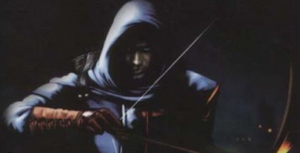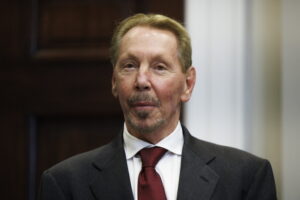For centuries, an enigmatic underworld thrived, its inhabitants conversing in a secret tongue that veiled their intentions. This clandestine dialect, known as thieves’ cant , existed from the 16th to the 19th centuries, captivating the imaginations of many. Martin Luther, the influential Reformation leader, once fell victim to its cunning use. In his writings, he bemoaned how these rogues, speaking in veiled words, had deceived him. Thieves’ cant , a language of deception and intrigue, concealed criminal plots in plain sight. This secret code, a shadowy vocabulary of swindlers and miscreants, concealed their malevolent designs. Its terms, often bizarre and seemingly random, ranged from “chunk o’ gin” for diamonds to “cackling farts” for eggs.
Yet, the true origins of thieves’ cant remain shrouded in mystery. Scholars debate its roots, detecting influences from various languages. Some even argue that parts of it were fabricated, woven into the tapestry of folklore. Regardless of its authenticity, thieves’ cant continues to intrigue. It echoes through history, leaving an indelible mark on our language, as words like “phony” and “pigeon” endure, reminding us of a time when rogues spoke in riddles.
Inside the incredible Tokyo café where the food and drinks are served to customers by ROBOTS (video)
Source: Ancient Origins
Ask me anything
Explore related questions





